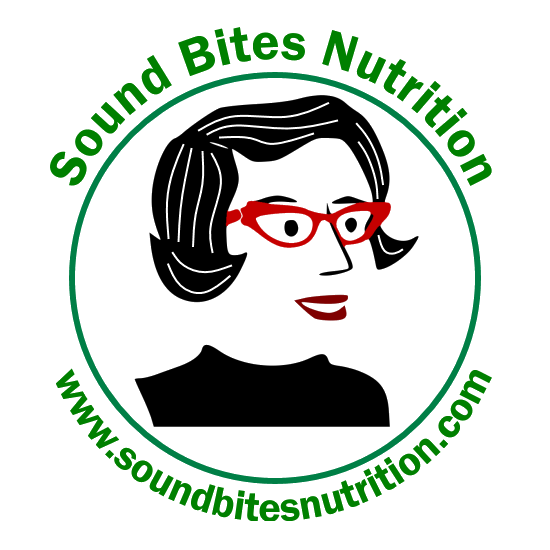FDA Updates the Food Label!
While you were out having fun this weekend, the FDA announced it has agreed to update the Nutrition Facts Panel on packaged food. This is big news for nutrition geeks like me, as well as consumers.The food label has taken flack in the past for being too vague, or too difficult to understand. I remember nutrition labeling on a bag of chips that read serving size "1 1/4 oz". How exactly does one measure a 1/4 oz. of chips?The new label has a few big changes. For one, the calories will be in MUCH LARGER PRINT and with more normal serving sizes. A serving size for soda will no longer be 8 oz, but will be 12 oz. In addition, calories from fat will no longer be listed as science tells us it's the type of fat that matters. More on that to come once all scientific and nutrition parties agree on which foods we can call "healthy". Hint- nuts are the new black!Vitamins A and C will be replaced with potassium and vitamin D. It's not that these vitamins are no longer important in our diets. The change is meant to represent latest research on the role of adequate vitamin D intake in the prevention of various diseases (heart disease, some cancers, MS) and to get sufficient potassium in our diets as it is linked with managing blood pressure. If you eat a wide variety of fruits and vegetables, vitamins A & C and fiber are met as well as potassium. Include low fat dairy products in your diet regularly for adequate calcium and vitamin D. Calcium, iron and protein will remain on the label.Probably the biggest improvement will be the addition of the line "Includes blank grams of Added Sugars". This will be key in figuring out how much "added sugar" in your yogurt is coming from processed sugar and not lactose or fruit. Hint- every 4 grams of added sugar is equivalent to 1 tsp. That sweetened oatmeal you eat has about 3 tsp. per serving. You're better off making plain oatmeal and adding cinnamon and less sugar.Finally, there will be an additional footnote at the bottom of the Nutrition Facts Label to explain the percent daily value (DV). As a general rule, a food containing less than 5% of the DV for a nutrient is LOW in that nutrient. Foods containing 20% or more of the DV for a nutrient are HIGH in that nutrient.The new nutrition facts labels won't be unveiled until late July, 2018. In the mean time, keep your diet plant-based with less processed foods and keep reading your labels!

